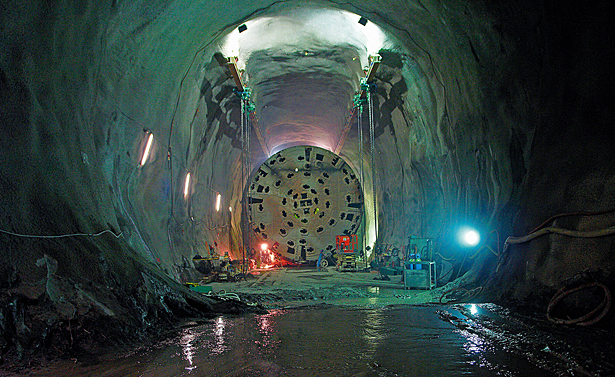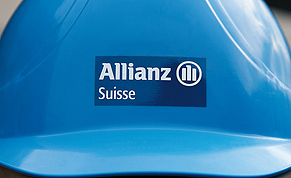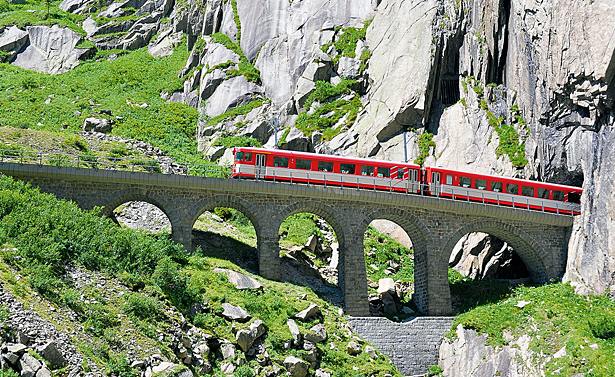A large amount of the spoil is used to make concrete at the construction sites and is returned to the mountain in the form of cladding. Millions of tons of it were also used to create artificial islands in Lake Urner for recreational and conservational purposes.
The Gotthard Base Tunnel is the centerpiece of the New Alpine Transversal (NEAT), which includes the Ceneri Tunnel (15 km) in the south, and the Lötschberg Tunnel (35 km), which was completed in 2007. The rail line should help shift a large portion of freight transport from the road to the railway. The number of trucks driving through Switzerland has been on the increase for many years.
As a result, the Gotthard road tunnel and the old Gotthard rail tunnel, which opened in 1882, are stretched to the limit of their capacities. Today 140 to 180 freight trains ply along the mountain railroad every day. The NEAT will accommodate up to 260 trains, which can be longer and heavier to boot. Rail capacity will double from the current 20 million tons to over 40 million tons annually.


